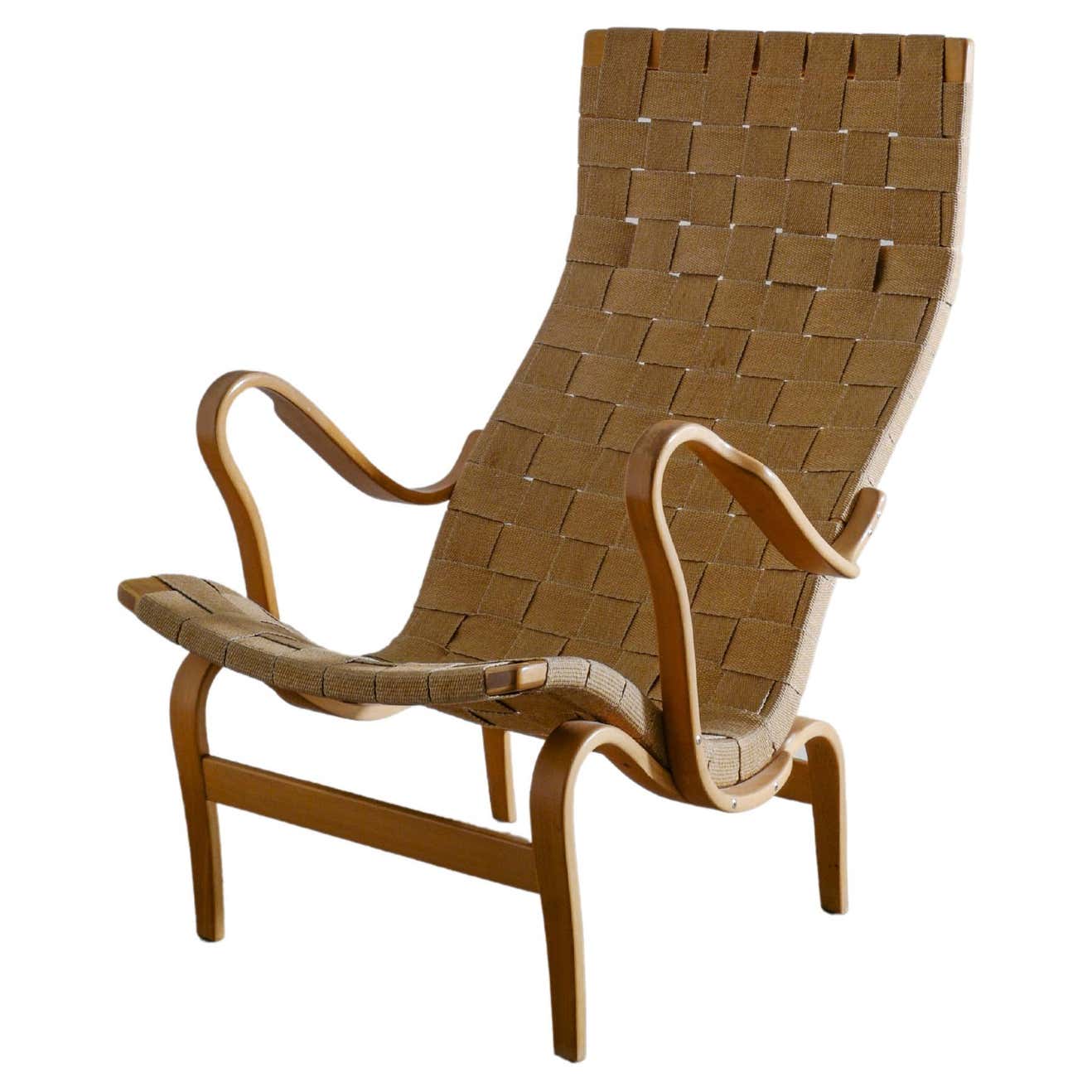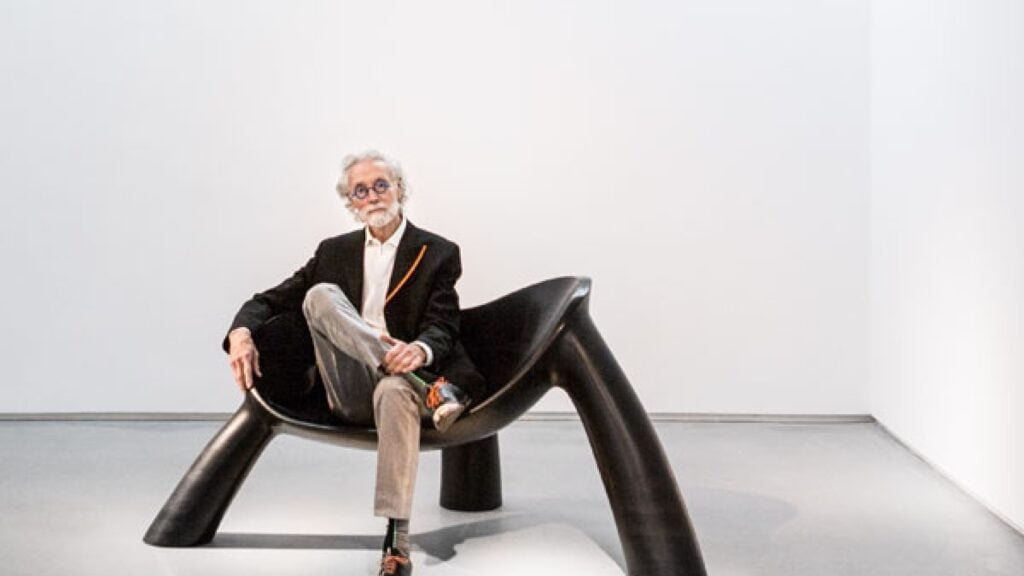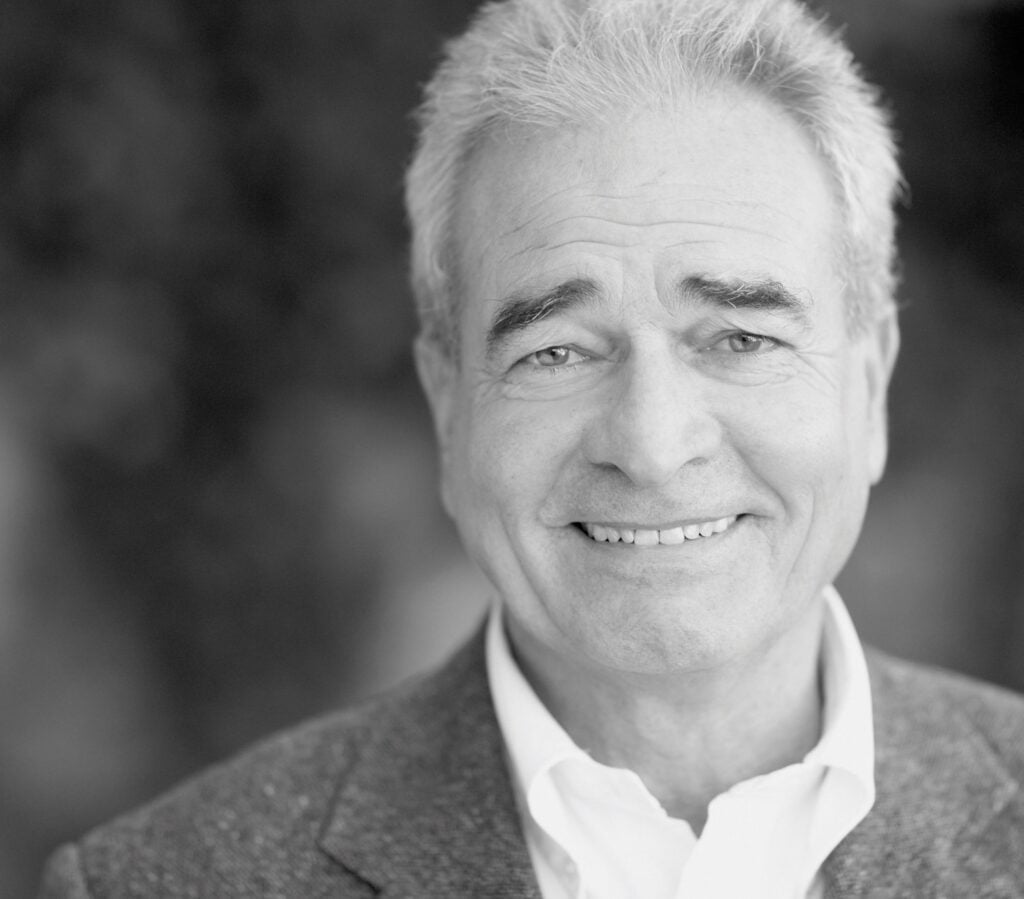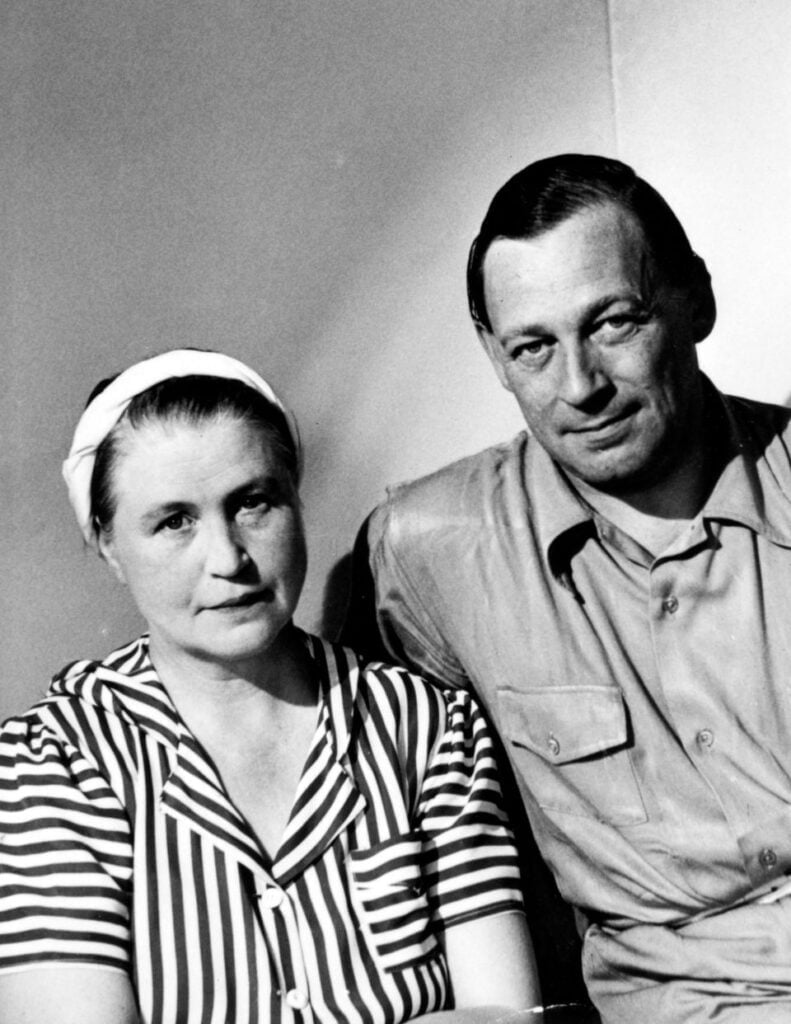Bruno Mathsson
Bruno Mathsson
designer
- Birth: 1907 in Värnamo
- Died: 1988 in Värnamo, Sweden
- Nationality: Swedish
Bruno Mathsson was born in 1907 in Värnamo, Sweden. His father Karl was the fourth carpenter generation so Bruno learned very early on the possibilities offered by the new technologies in wood processing. He was trained in his father Karl Mathssons’ furniture workshop in Värnamo, and from 1933 he designed furnishings mainly for the family business. Along with Carl Malmsten and Erik Gunnar Asplund, he is one of the great pioneers of Swedish furniture design.
Bruno Mathson Furniture
Funkis movement and its representatives, such as Axel Larsson and Sven Markelius, formed the Swedish design scene in the early 1930s. They mainly developed functionalist wooden furniture with distinctive geometric shapes.
In contrast to these, Mathsson took a new approach. He thought, seating with gently curved and organic shapes should be better adapted to the human body and its natural sitting posture.
Guided by ergonomics and functionality, Mathsson experimented with curves and height adjustments. That is why Mathsson designed furniture from an ergonomic point of view. In favor of more flexibility and convenience instead of bulky padding, he preferred to use braided jute or hemp straps.
Bruno Mathson Eva Chair

The first Mathsson chair that he designed based on these principles is the Arbetsstol “work chair” (1933 to 1936). Today it is known as Eva Chair. The chair offered greater comfort and initiated a significant generation change in Swedish design from geometric functionalism to organic modernism.
Bruno Mathson Eva Chair
Mathsson’s furniture stands for a new sculptural self-confidence in Scandinavian product design. This characteristic is nowadays associated mainly with the Danish and Finnish, and less with the Swedish design of the post-war period. It is often overlooked that Mathsson’s incredibly organic Arbetsstol and his chaise longue Pernilla (approx. 1934), came before Alvar Aalto’s similarly constructed chaise longue model no.43 ( 1936) and the chair model no.406 (1936-39). Mathsson made both models from a curved frame made of wood laminate, woven hemp belts and seat frames made of beech wood

Mathsson’s designs were less practical than Aalto’s, but they were more ergonomic and, in some ways, even more advanced.
Mathsson’s work was recognized by the Röhss Museum of Design and Crafts in Gothenburg with a solo exhibition in 1936. A year later, he participated in the Exposition Internationale des Arts et Techniques la Vie Moderne in Paris. Through his exhibition at the New York World’s Fair in 1939, he consolidated his popularity in the United States.
From 1945 to 1957, he concentrated mainly on architecture and designed several simple buildings (holiday homes and schools) made of glass, wood, and concrete.
In the 1960s, Mathsson concentrated again on furniture design and started to work with tubular frames.

In 1957 he took over the management of the Karl Mathsson company. He worked with the Danish mathematician Piet Hein, and in 1964 they designed the Super Ellipse tables, which gave the impression of floating through its arch-like legs. Fritz Hansen later produced the table.
Mathsson also designed furnishings for the company DUX Industrier in Trelleborg, of which the chair Karin (1968) is particularly noteworthy – a forerunner of the high-tech design, which consisted of a tubular steel frame and seat cushion and backrest made of hemp linen.
Throughout his career, Mathsson dedicated himself to the continuous refinement of ideal furniture models, whereby his design was always based on the principles of constructional clarity and humanistic logic. His chairs are still being produced today, which confirms his belief in the success of these values.
In 1978 DUX Industrier took over the Karl Mathsson company and had been selling its classic collection, including the Arbetsstol, which is now sold under the name Eva Chair.






